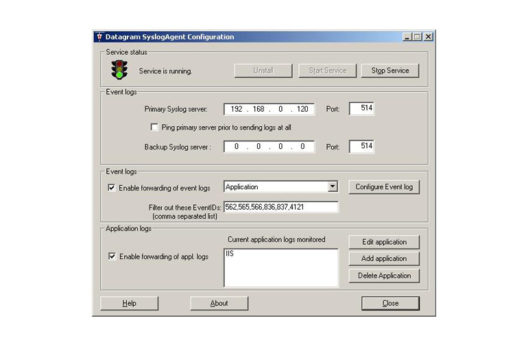


To do so edit /etc/snmp/nf and paste the following lines at the end: #ĮVENT test.

Now we will create a handler for a test trap. This enables logging all incoming traps to /var/log/snmptt/snmpttunknown.log. Next edit /etc/snmp/snmptt.ini and change unknown_trap_log_enable = 0 This is needed for snmptt to recognize the incoming traps. The ‘-On’ parameter tells snmptrapd to log OID numbers. To TRAPDOPTS = '-On -Lsd -p /var/run/snmptrapd.pid' Installation aptitude install snmp snmpd snmptt ConfigurationĮdit /etc/snmp/nf: # To accept all trapsĪnd change TRAPDOPTS = '-Lsd -p /var/run/snmptrapd.pid' You can also execute a specific command when a trap is received. You can define which incoming traps you want to process and where to log them to (syslog, File, Database). The following steps explain how to setup an ubuntu box ( debian should work aswell ) as an snmp trap receiver.


 0 kommentar(er)
0 kommentar(er)
